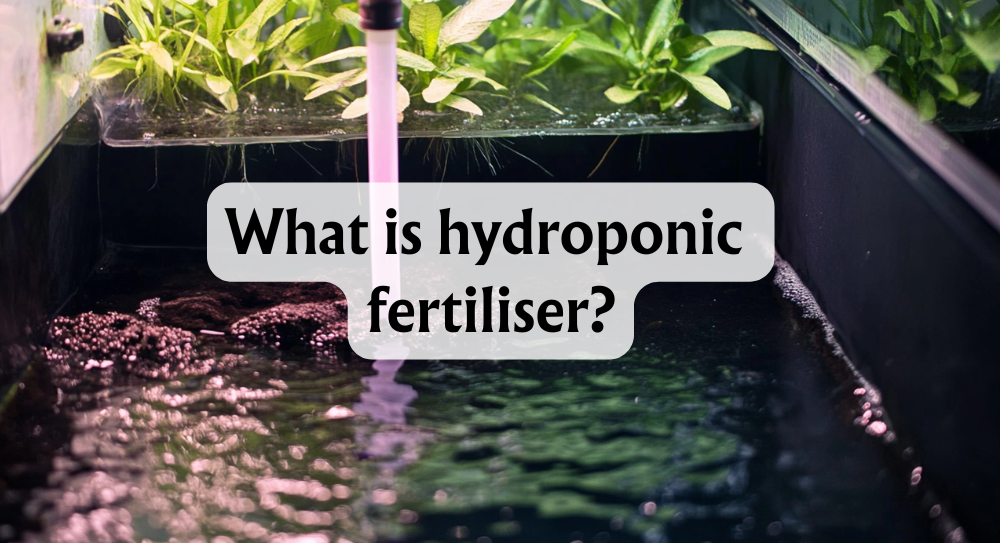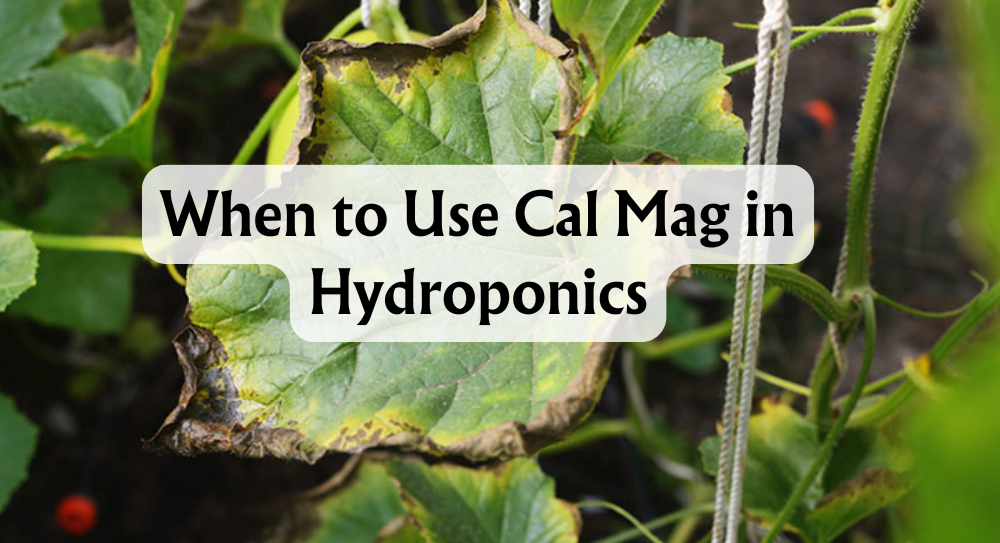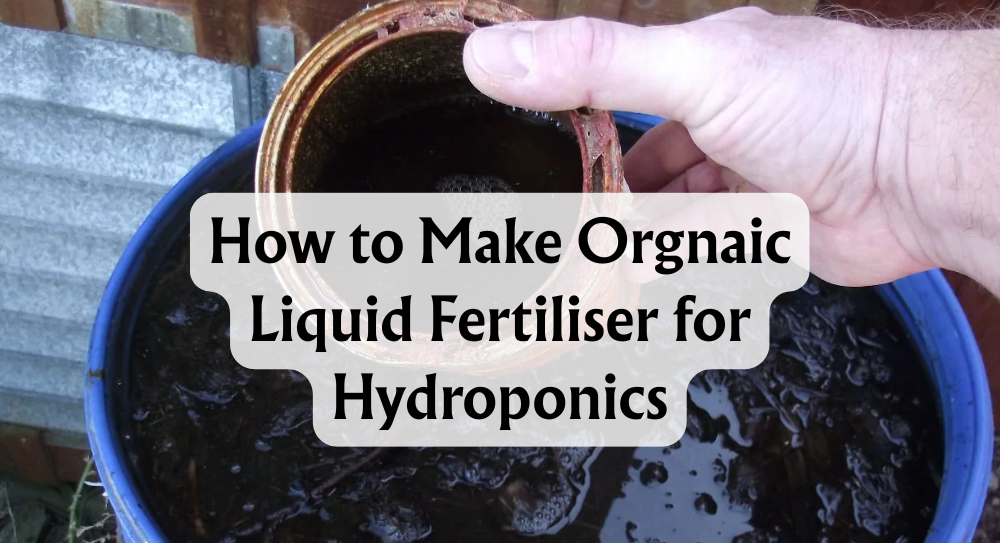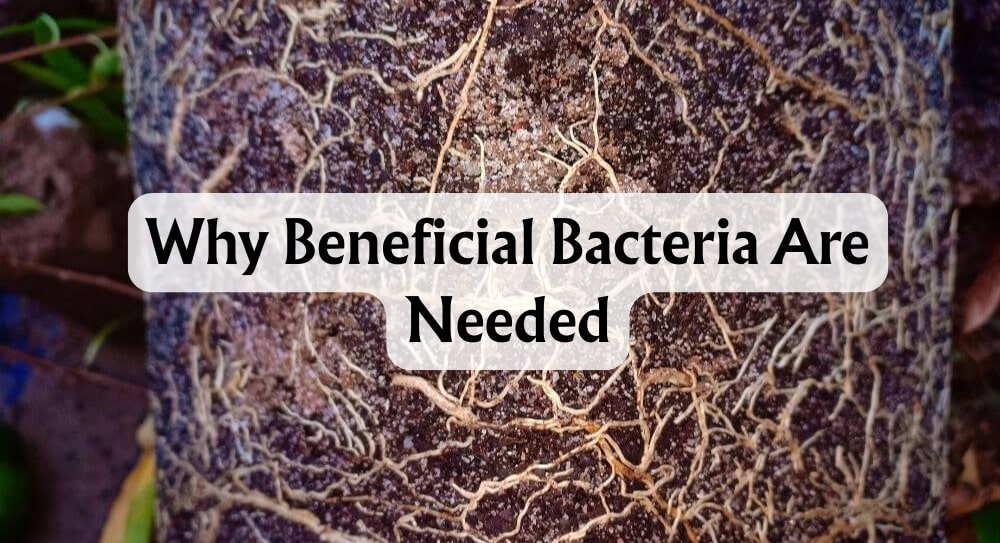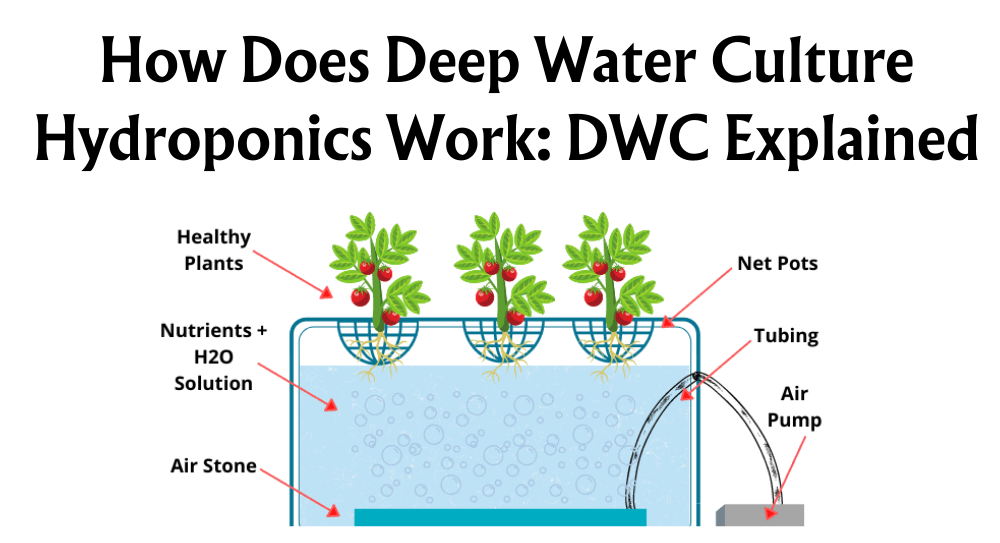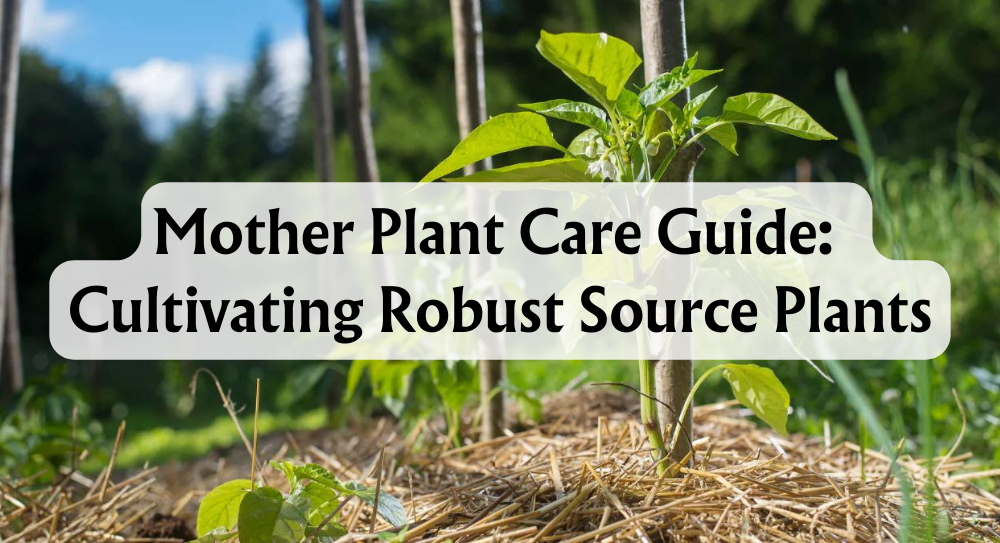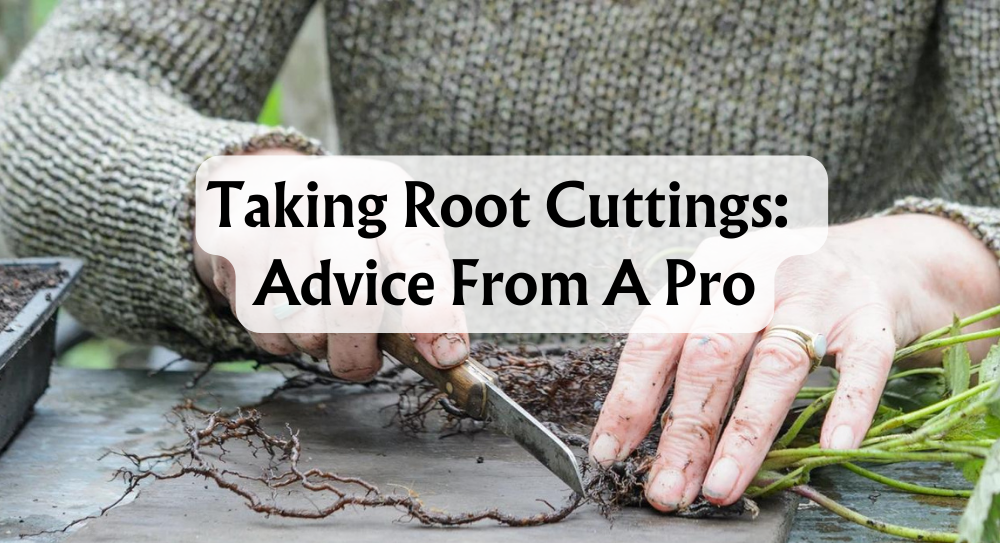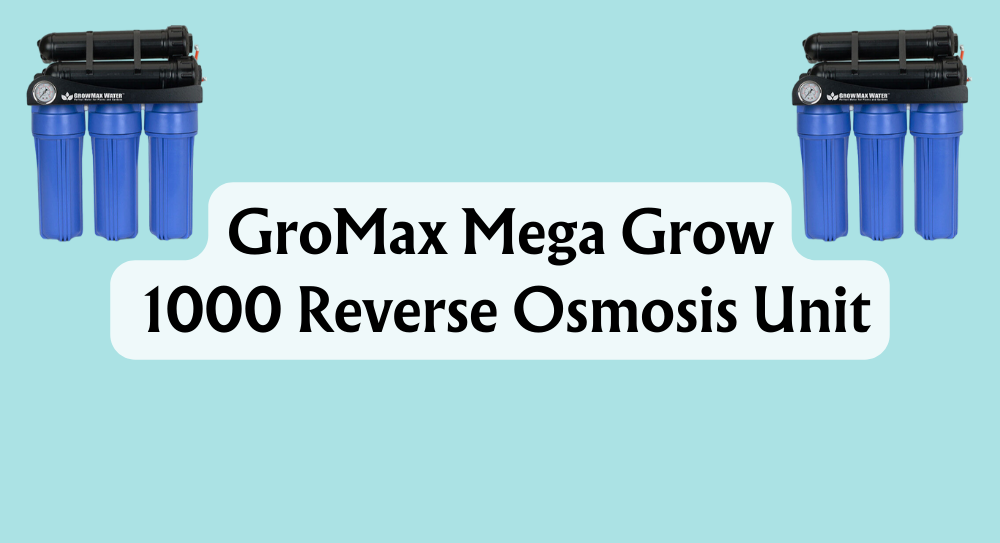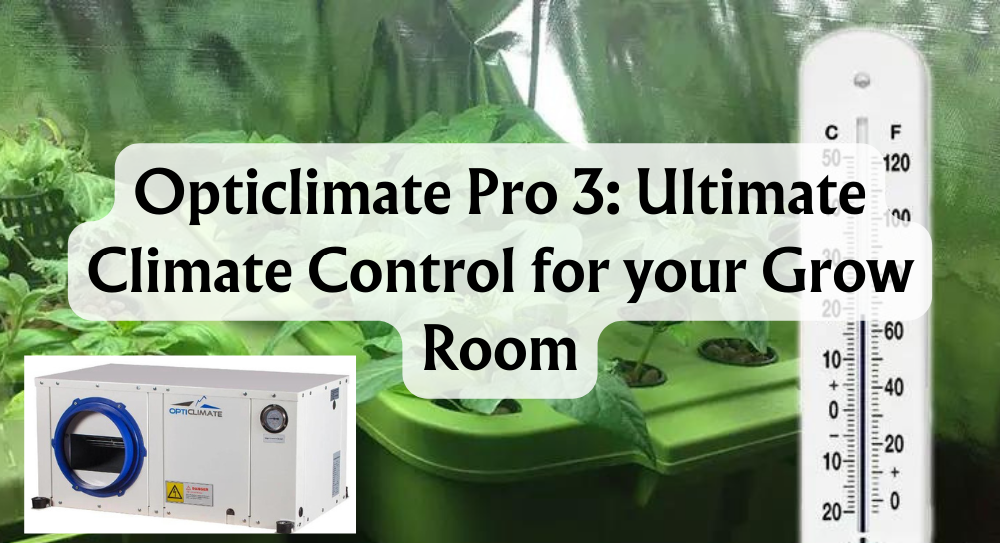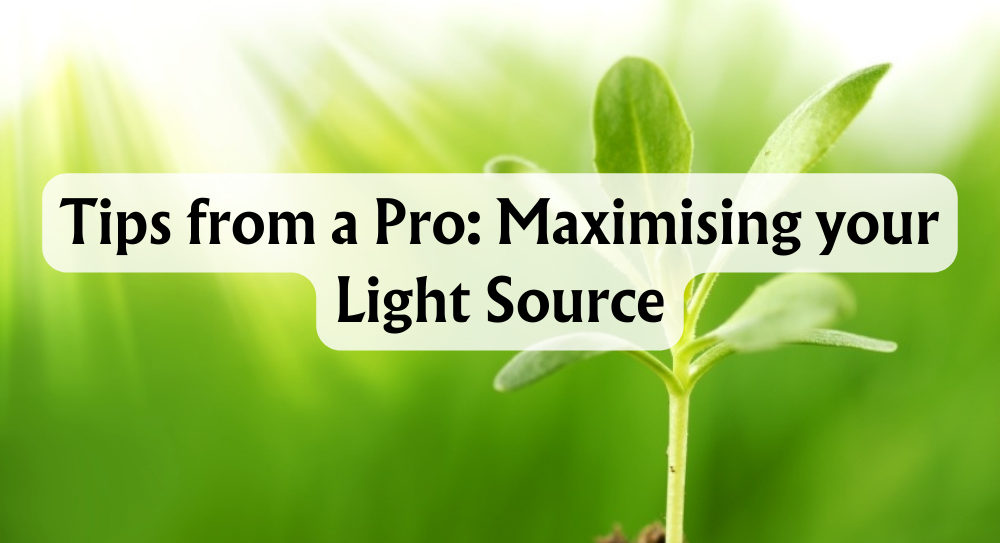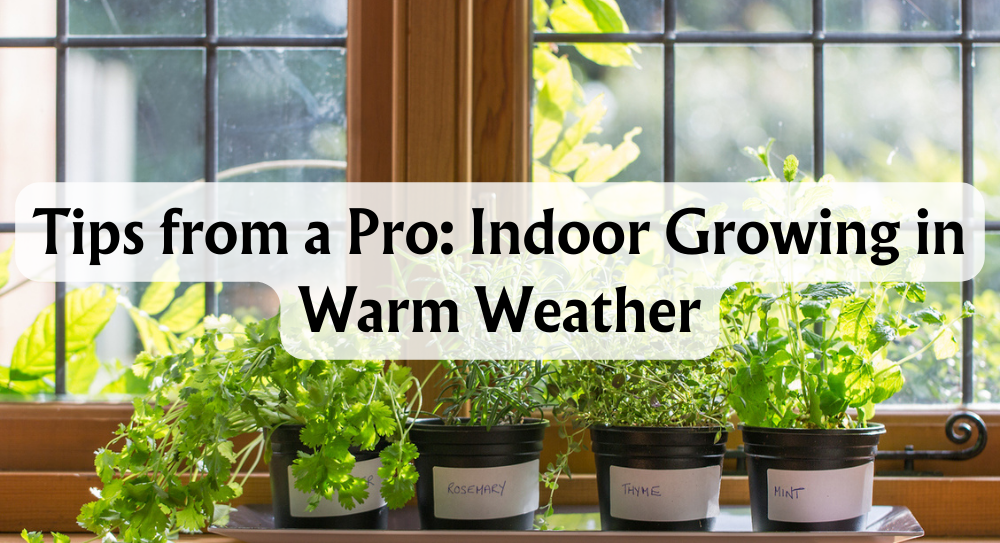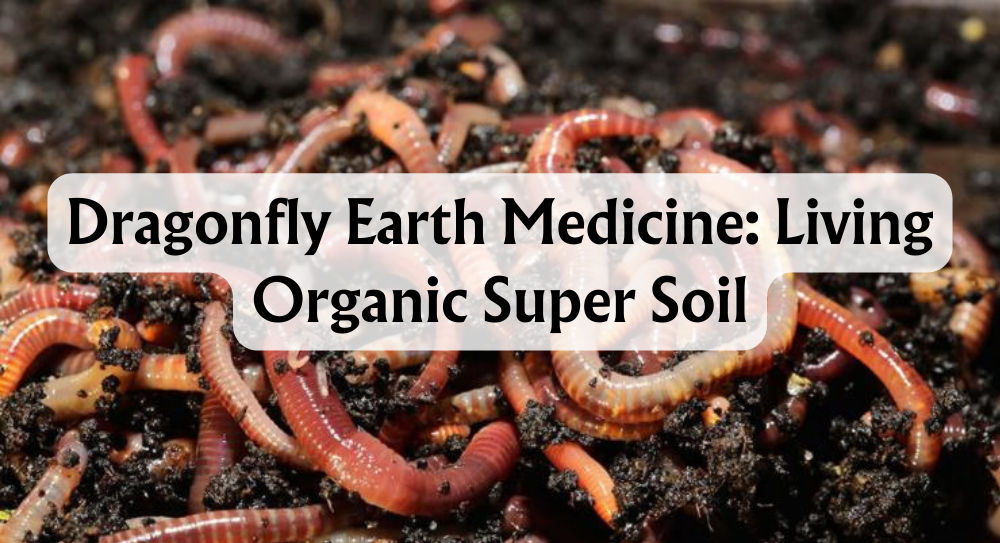What is Hydroponic Fertiliser? Essential Guide to Nutrient-Rich Solutions
Hydroponic fertiliser is a specialised form of plant nutrition designed for soil-less growing systems. Unlike traditional fertilisers that merge with soil, hydroponic fertilisers dissolve directly in water, providing essential nutrients to plant roots efficiently. This water-solubility ensures that plants receive a consistent supply of nutrients that plants need like nitrogen, phosphorus, and potassium, as well as necessary micronutrients like iron and manganese.
In hydroponics, the importance of nutrients cannot be overstated. Since there's no soil to store these vital elements, the nutrient solution must be perfectly balanced to sustain growing plants. Getting the mix right can lead to higher yields, quicker growth cycles, and robust plant health. We're talking about plant growth that's not only rapid but also more controlled and sustainable.
Getting into the specifics, we'll cover when to start feeding nutrients to your plants, how to apply these fertilisers effectively, and the ideal frequency and concentration. By understanding these fundamentals, we'll ensure our hydroponic systems flourish and yield the best possible results.
Key Takeaways
- Hydroponic fertiliser is water-soluble and essential for growing plants without soil.
- Accurate nutrient balance is crucial for optimal plant health and growth.
- Proper timing, application, and concentration are key for successful hydroponics.
When to Start Nutrients in Hydroponics

Seedling Stage
When we first plant our seeds, it's usually best to hold off on the nutrients. At this early stage, seeds have all they need to sprout and grow into seedlings.
Once the seedlings have developed their first true leaves, it's a good time to introduce a starter nutrient solution that's gentle yet effective.
Transplanting
As the plants grow and we transition them from the seedling stage to the vegetative stage, it’s crucial to adjust their nutrient intake.
During this stage, we'll want to move from the starter solution to a more robust nutrient mix. The proper ratio of nutrients here ensures smooth growth and prepares the plants for the next phase.
Vegetative and Flowering Stages
Hydroponic systems require different nutrient ratios for each growth phase. In the vegetative stage, plants typically need higher levels of nitrogen to develop lush foliage.
Once they enter the flowering stage, the nutrient ratio should shift to focus more on phosphorus and potassium, which support flowering and fruiting.
It’s essential to adjust our nutrient solutions accordingly to ensure our plants thrive throughout their entire lifecycle.
How to Apply Fertiliser in Hydroponics
Applying fertiliser in hydroponics can seem tricky, but with a few tips, it's a breeze.
Firstly, hydroponic fertilisers come in different forms – liquid and dry. Liquid fertilisers are easier to mix, but dry forms often offer more concentrated nutrients. It's essential to follow the manufacturer's instructions for each type.
Understanding Hydroponic Nutrient Solutions
Hydroponic nutrient solutions must be balanced, containing primary nutrients (nitrogen, phosphorus, potassium), secondary nutrients (calcium, magnesium, sulphur), and micronutrients (iron, manganese, zinc, copper, molybdenum, boron).
Methods of Application
We can apply fertiliser by directly adding it to the reservoir or pre-mixing concentrates. Automated dosing systems are also an option if we prefer a hands-off approach. Pre-mixing ensures even nutrient distribution and consistency in the nutrient solution.
Best Practices for Application
- Measuring and Mixing: Accurately measure the fertiliser and mix it thoroughly with water. A good rule is to dissolve dry fertilisers in warm water first.
- pH and Electrical Conductivity (EC) Monitoring: Regularly check and adjust the pH and EC levels. Optimal pH ranges from 5.5 to 6.5, and EC should be within the recommended range for specific plants.
- Avoiding Nutrient Lockout: Flushing the system with plain water can help prevent nutrient build-up, ensuring the plants can absorb all essential nutrients.
Additional Tips
Keep an eye on the nutrient solution's temperature, aiming for 18-24°C (65-75°F) for the best nutrient uptake. Over-fertilisation can harm plants, so less is often more.
With these simple steps, we can ensure our hydroponic garden thrives.
How Often to Fertilize in Hydroponics
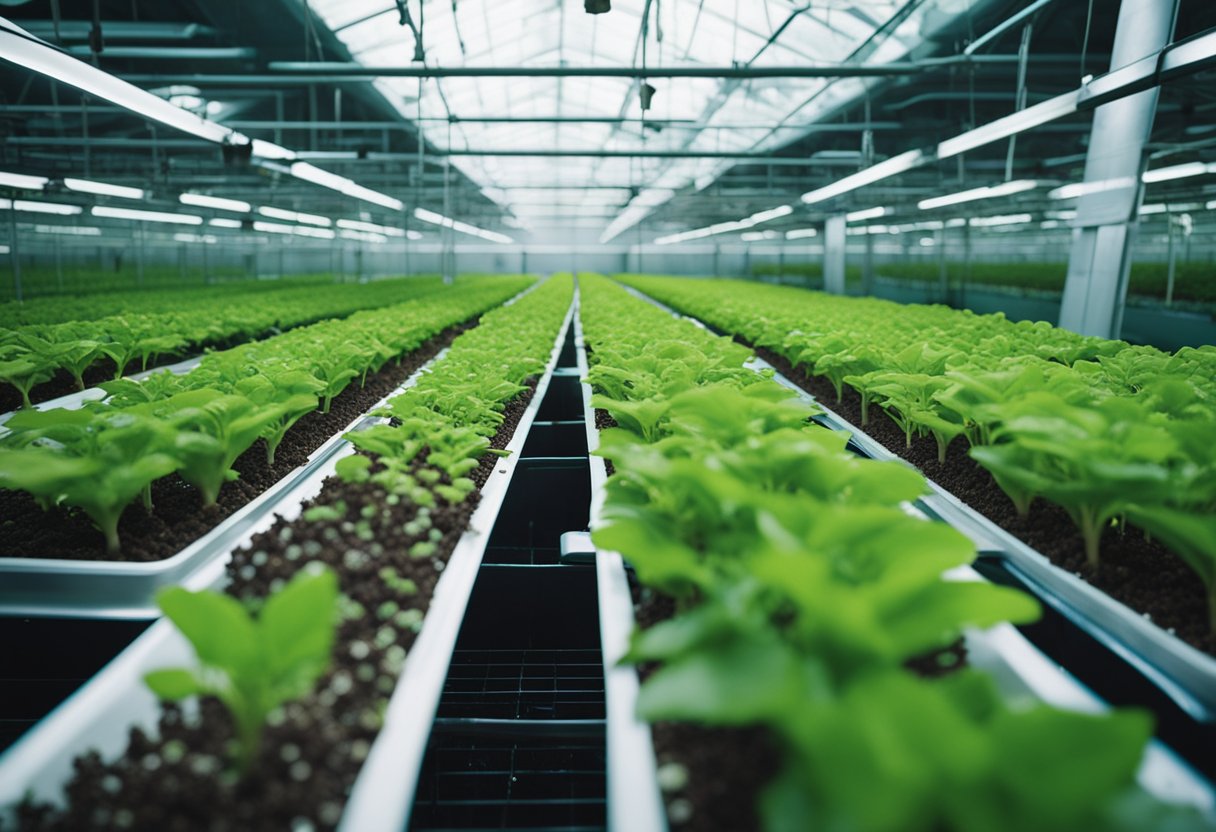
How often we should fertilize our hydroponic systems can vary. Let’s dive into the nitty-gritty!
Continuous Flow Systems
If our hydroponic system uses a continuous flow, it's important that the nutrients are always available. With this system, we need to keep an eye on nutrient levels constantly. Think of it as having a baby; constant monitoring and adjusting are key to ensure our plants are always happy.
Periodic Feeding Systems
For those using periodic feeding systems, timing is everything. We should aim to fertilize around every 7 to 10 days. Overdoing it can be as harmful as underdoing it. Watch for signs of nutrient depletion, like yellowing leaves or stunted growth, and adjust accordingly.
Factors Affecting Feeding Frequency
Several factors influence how often we need to feed our plants:
- Environmental Conditions: Temperature, humidity, and light can affect how nutrients are absorbed.
- Plant Type and Growth Stage: Young seedlings and flowering plants have different needs. For instance, seedlings might need less frequent feeding compared to blooming plants which are nutrient-hungry.
- System Design: Is your system a Continuous Flow or a Nutrient Film Technique (NFT)? Each one has varying nutrient requirements.
Helpful Tip
We should also keep an eye on the pH level of our nutrient solution, ideally between 5.5 and 6.5. This ensures that nutrients are easily available for uptake. If the pH is off, our plants might miss out on essential nutrients, even if we're feeding them the best mix.
So, let’s keep our eyes peeled, our pH balanced, and our nutrients flowing. Happy growing!
How Much Fertiliser for Hydroponics
Getting the right amount of fertiliser for our hydroponic system can feel like balancing on a tightrope. Use too little, and our plants might suffer from nutrient deficiencies. Use too much, and we risk nutrient imbalances and plant damage.
General Guidelines for Nutrient Concentration
For any hydroponic gardener, monitoring the EC (Electrical Conductivity) is essential. Different crops thrive with varying EC levels:
- Leafy greens: 1.2 - 2.0 mS/cm
- Fruit-bearing plants (e.g., tomatoes): 2.0 - 3.5 mS/cm
- Herbs: 1.0 - 1.8 mS/cm
To measure these levels, we need an EC meter. Simply dip the meter in the nutrient solution and read the display to ensure we’re within the right range.
PPM Recommendations
We can also measure nutrient concentration in PPM (Parts Per Million). Here are some general PPM ranges:
- Leafy greens: 560 - 840 PPM
- Fruit-bearing plants: 1400 - 3500 PPM
- Herbs: 560 - 900 PPM
Matching these numbers can help us maintain a balanced nutrient solution.
Using an EC Meter
Using an EC meter is straightforward. Steps we should follow:
- Calibrate the meter with a standard solution to ensure accuracy.
- Dip the probe into our nutrient solution.
- Read the display to check if it falls within the ideal ranges.
Adjust our nutrient mix based on the readings. Remember, the right nutrient concentration can make the difference between a thriving hydroponic garden and struggling plants.
By keeping an eye on these metrics, we're ensuring that our hydroponic system stays in peak condition. Let's keep feeding those plants just right!
Factors Influencing Nutrient Concentration
When diving into hydroponic gardening, we often get asked about the key factors that influence nutrient concentration. Let's break this down together.
Size of the Reservoir
The size of your water reservoir plays a significant role in calculating nutrient requirements. A good rule of thumb is to use 1-2 teaspoons of concentrated nutrient solution per gallon of water. This ensures the right nutrient balance for your plants.
Plant Growth Stage
Plants need different nutrients at various stages of their growth. For example, seedlings need a milder nutrient solution compared to plants in the vegetative or flowering stages. We noticed, for instance, tomato plants have unique nutrient needs throughout their lifecycle.
Plant Type
Different crops have varying nutrient requirements. Leafy greens, such as lettuce, might need different nutrients compared to fruiting plants like tomatoes. Keeping these variations in mind ensures that each plant gets what it needs.
Automation and Monitoring
Automation can simplify monitoring and adjusting nutrient levels. Using automated systems helps us track real-time data and make precise adjustments, ensuring optimal growth conditions.
Understanding these factors helps us maintain a balanced nutrient solution, avoiding over-fertilisation and promoting healthy plant growth.
Quick Reference Table
| Stage | Nutrient Concentration |
|---|---|
| Seedlings | Lower concentration |
| Vegetative | Moderate concentration |
| Flowering | Higher concentration |
How to Choose Nutrient Solution
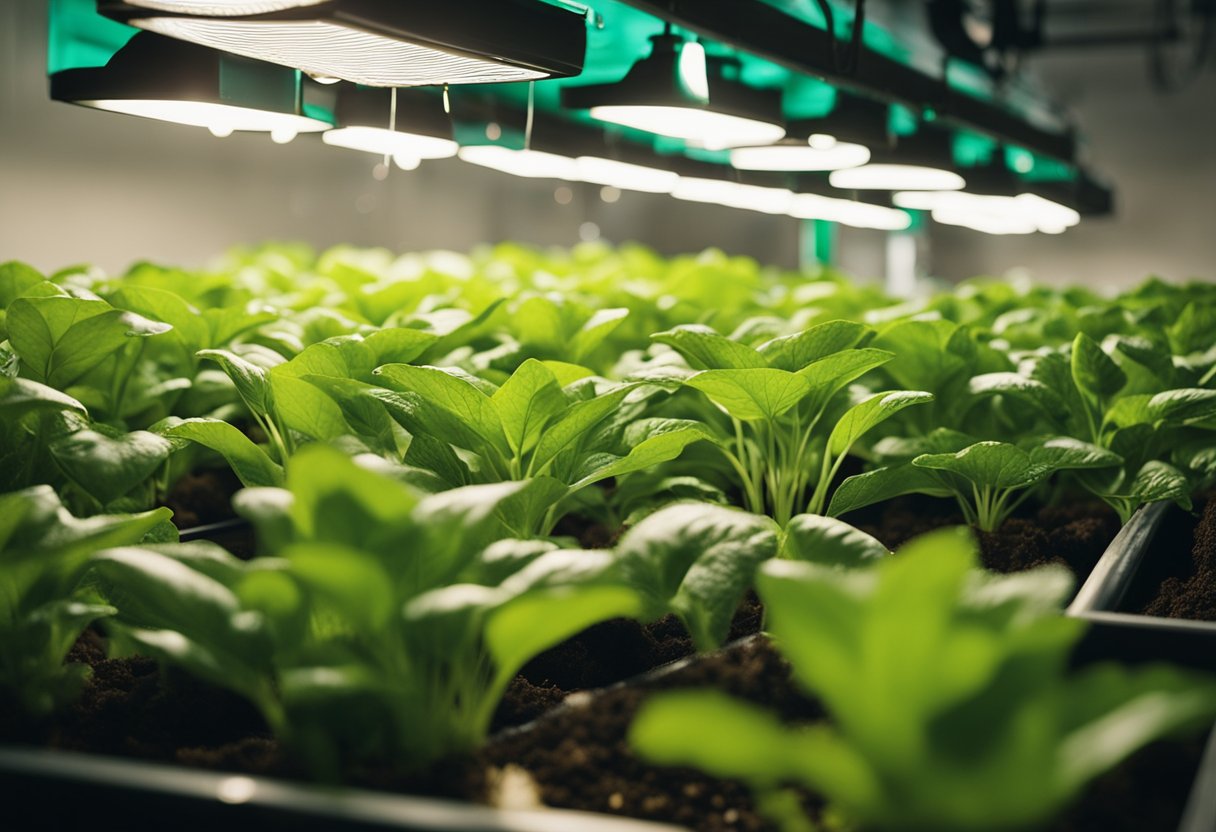
Choosing the right nutrient solution for your hydroponic system can feel a bit overwhelming, but let's break it down together. We want our plants to thrive, don't we?
First, let's talk types. There are three main types of hydroponic nutrients:
- Liquid concentrates
- Powdered formulations
- Organic vs. synthetic options
Each has its own pros and cons, so let’s hit the highlights.
Liquid concentrates are super easy to mix and measure. They're perfect if we’re looking for convenience. We just shake, measure, and mix them into our water.
Powdered formulations can be more economical. They often come in bulk, and we can mix them to our exact specifications. This might take a bit more effort, but it gives us great control.
Now, organic vs. synthetic. Organic nutrients are derived from natural sources and are great for those of us wanting to go green. Synthetic options, on the other hand, are formulated to provide precise nutrients and often yield quicker results.
When selecting a nutrient solution, we must consider the NPK ratio—that’s nitrogen (N), phosphorus (P), and potassium (K). These are our primary macronutrients. For instance, an NPK of 10-10-10 means the solution has 10% of each nutrient by weight.
pH balance is also crucial. Adjust the nutrient concentration if the EC (electrical conductivity) is too high by diluting the solution with water. Increase concentration if the EC is too low by adding more nutrients.
Lastly, look out for signs of deficiencies. Yellowing leaves and stunted growth are red flags that our plants need some love.
So, what type of nutrients are you leaning towards for your hydroponic setup? Let’s make those plants happy and healthy!
Conclusion
Hydroponic fertiliser plays a crucial role in hydroponic growing. It provides the right balance of nutrients that plants without soil need to thrive in a hydroponics system.
By using hydroponic fertiliser, we can experience benefits such as faster growth, higher yields, and better crop quality. Remember the three key nutrients: Nitrogen (N), Phosphorus (P), and Potassium (K).
Let's not forget about proper nutrient management. It's vital for the success of our hydroponic garden.
Experimenting with different nutrient balances can help us find the best formula for our specific plants. Continuous learning and adjustment will ensure our garden remains productive and healthy.







 Store Locator
Store Locator
